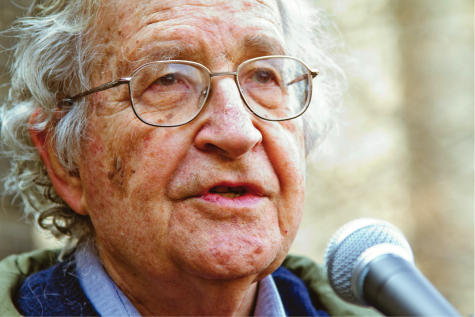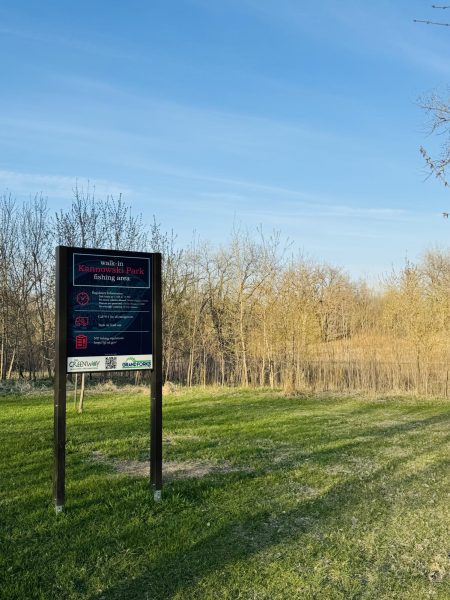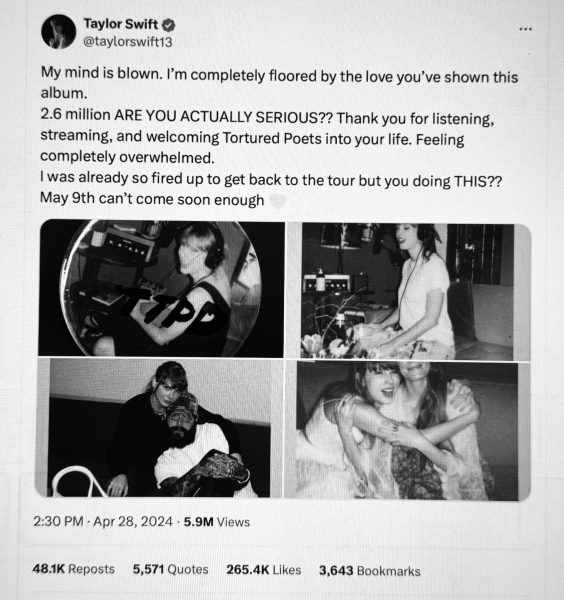Understanding the presidential primary process
If you’re like me and this is the first election you will be voting for, then you probably don’t know how to vote for the candidate you’d like to win the presidential primary. Here’s your guide to the presidential primary process.
The convention
Prior to a general election, there is a selection process to determine which candidate will appear on the ballot for a given political party in the nationwide general election. Political parties generally hold national conventions at which point a group of delegates collectively decide upon which candidate they will run for the presidency. The process of choosing delegates to the national convention is undertaken at the state level, which means there are significant differences from state to state and year to year. The two methods for choosing delegates to the national convention are the caucus and the primary.
The caucus
Caucuses were the original method for selecting candidates but have decreased in number since the primary was introduced in the early 20th century. In states that hold caucuses, a political party announces the date, time and location of the meeting. Generally any voter registered with the party may attend. At the caucus, delegates are chosen to represent the state’s interests at the national party convention. Prospective delegates are identified as favorable to a specific candidate or uncommitted. After discussion and debate an informal vote is taken to determine which delegates should be chosen.
The primary
In the early 20th century there was a movement to give more power to citizens in the selection of candidates for the party’s nomination. The primary election developed from this reform movement. In a primary election, registered voters may participate in choosing the candidate for the party’s nomination by voting through secret ballot, as in a general election.
There are two main types of primaries, closed and open. Both determine who is eligible to vote in the primary.
In a closed primary a registered voter may vote only in the election for the party with which that voter is affiliated. For example a voter registered as Democratic can vote only in the
Democratic primary and a Republican can vote only in the Republican primary. In an open primary, on the other hand, a registered voter can vote in either primary regardless of party membership. The voter cannot, however, participate in more than one primary. A third less common type of primary, the blanket primary, allows registered voters to participate in all primaries.
In addition to differences in which voters are eligible to vote in the primary, there are differences in whether the ballot lists candidate or delegate names. The presidential preference primary is a direct vote for a specific candidate. The voter chooses the candidate by name. The second method is more indirect, giving the voter a choice among delegate names rather than candidate names. As in the caucus, delegates voice support for a particular candidate or remain uncommitted.
In some states a combination of the primary and caucus systems are used. The primary serves as a measure of public opinion but is not necessarily binding in choosing delegates. Sometimes the party does not recognize open primaries because members of other parties are permitted to vote.
Awarding the delegates
The Democratic Party always uses a proportional method for awarding delegates. The percentage of delegates each candidate is awarded (or the number of undecided delegates) is representative of the mood of the caucus-goers or the number of primary votes for the candidate. For example, imagine a state with 10 delegates and three candidates. If 60 percent of the people supported candidate X, 20 percent supported candidate Y, and 20 percent supported candidate Z, candidate X would receive six delegates and candidates Y and Z would each receive two delegates.
The Republican Party, unlike the Democratic Party, allows each state to decide whether to use the winner-take-all method or the proportional method. In the winner-take-all method the candidate whom the majority of caucus participants or voters support receives all the delegates for the state. The best way to find information about your state is to contact your state Board of Elections.
Nick Sallen is the opinion editor for The Dakota Student. He can be reached at [email protected]














